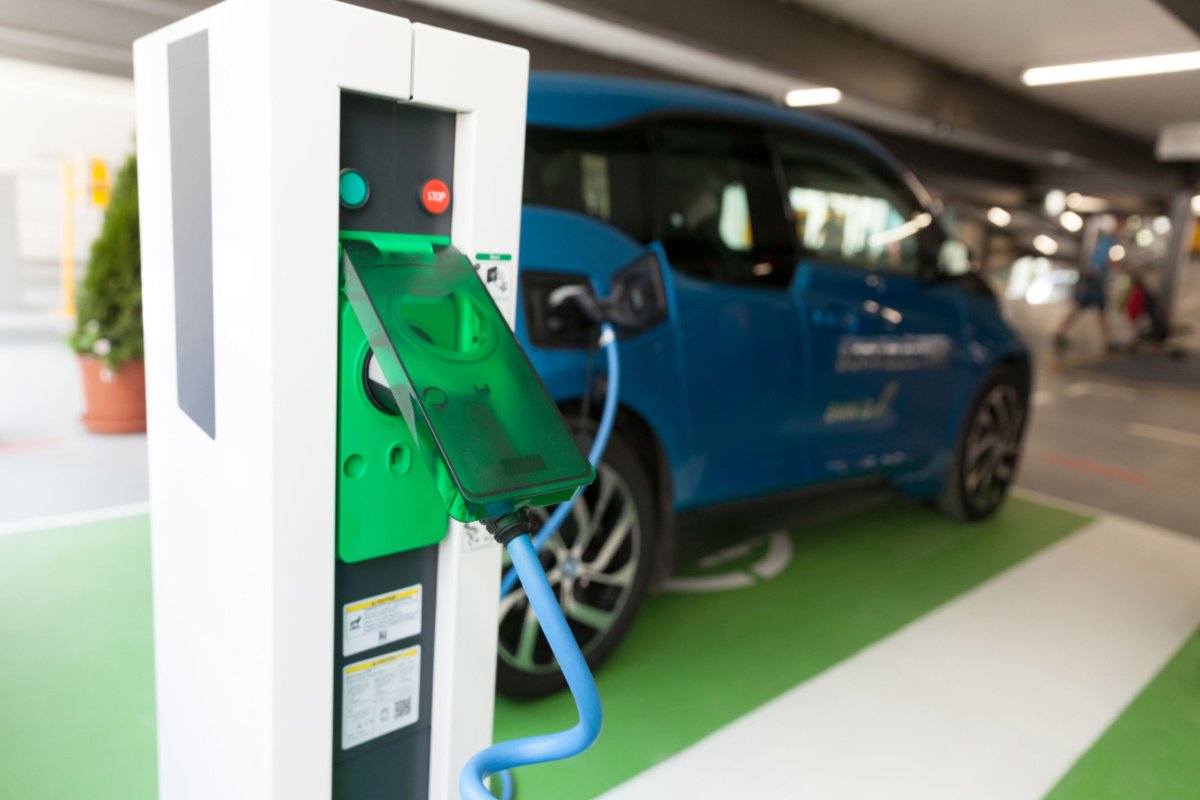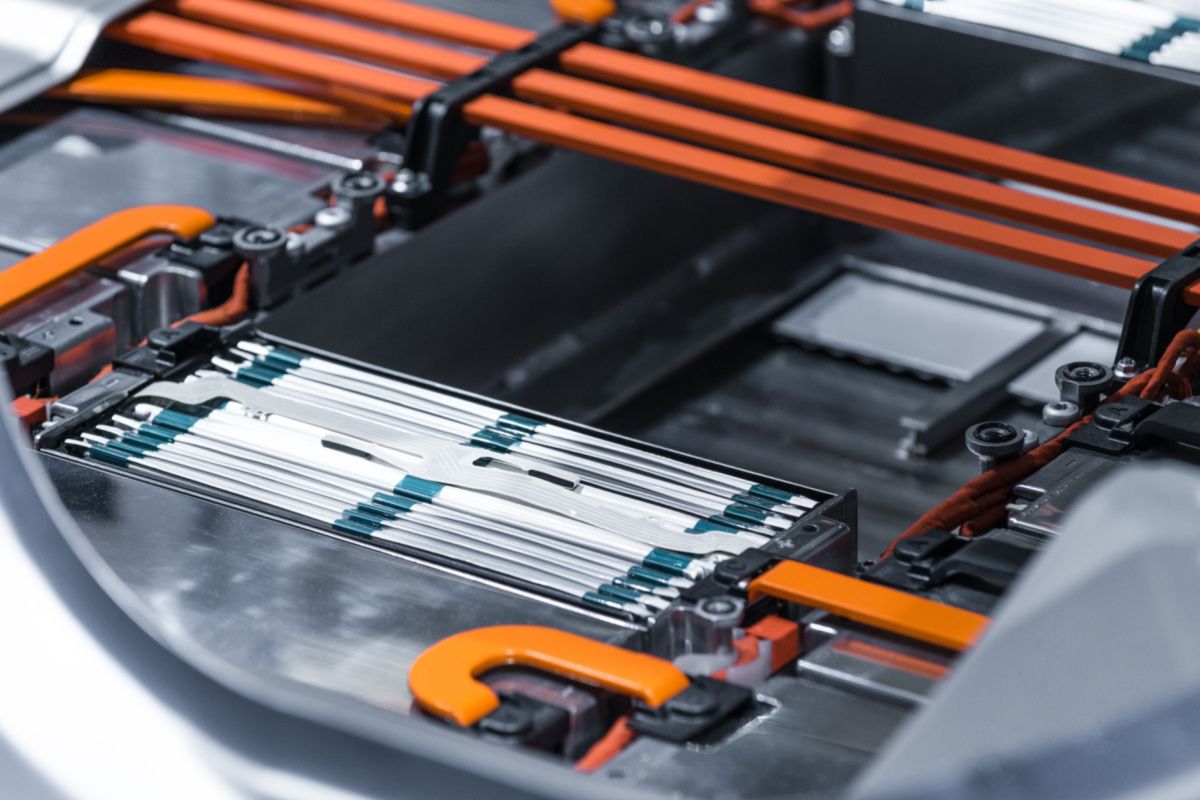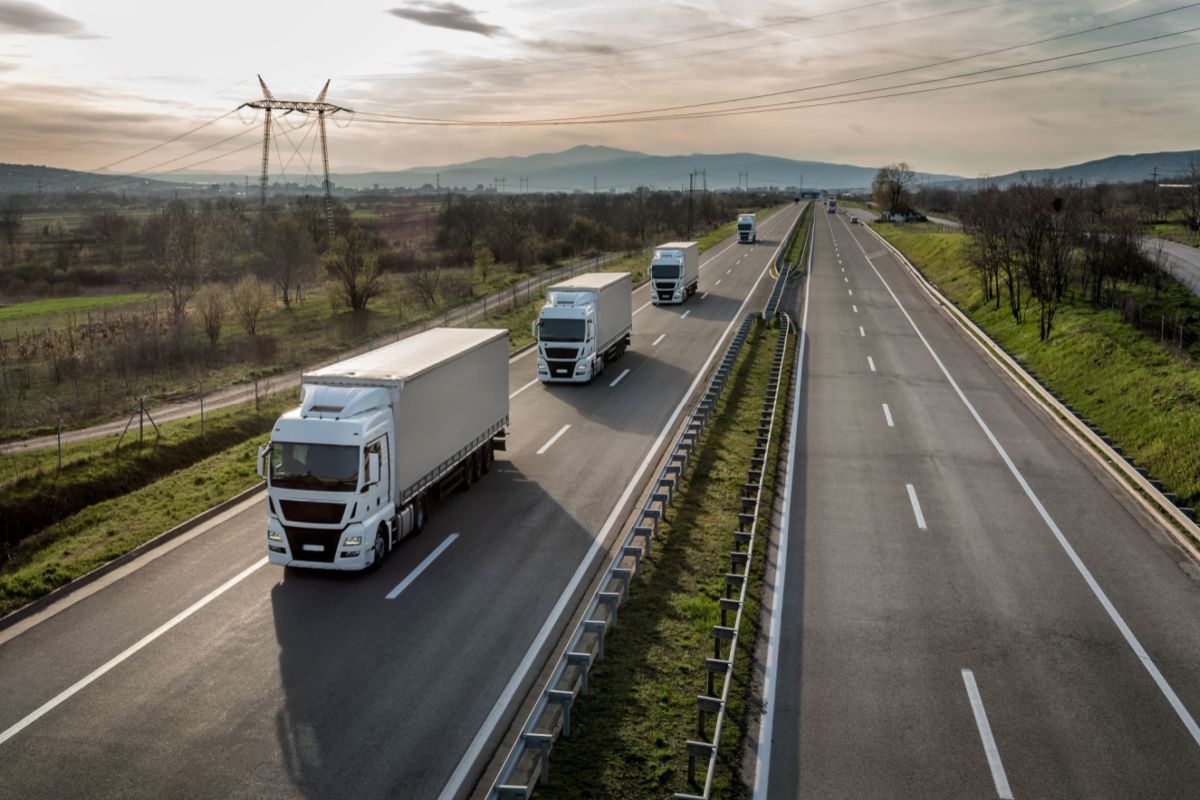This website uses cookies so that we can provide you with the best user experience possible. Cookie information is stored in your browser and performs functions such as recognising you when you return to our website and helping our team to understand which sections of the website you find most interesting and useful.
In 2030, the last legal fossil-fueled vehicles will roll off forecourts and onto UK roads, paving the way for the nation’s move to carbon net-zero by 2040.
Commercial vehicle owners will be granted a short reprieve: Cars and light commercial vehicles capable of travelling a ‘significant distance’ without producing emissions will remain available until 2035. This leaves fleet operators with the choice of switching to hybrid vehicles over the coming decade or continuing to run and maintain fleets of legacy second-hand polluters. No wonder many savvy fleet operators are already making the switch to electric. But are they jumping the gun, or can tomorrow’s power source really rise to the demand of today’s commercial fleets?
The question leaves operators with much to consider, especially given the diverse functionality and logistical requirements of fleets at work in the UK. Agricultural vehicles, for example, won’t have the same range requirements as haulage fleets. And long-distance vehicles will rely on very different charging solutions than last-mile delivery agents to ensure their vehicles are always road-ready. In this article, we’ll look at whether the current EV charging tech is ready for early adopters who want to get ahead of legislation.
Range
Range anxiety has been one of the most significant barriers to widespread EV adoption. And it’s no wonder. When the Nissan Leaf—a best-selling early consumer EV—appeared on the market in 2011, it had a modest range of just 73km. With so few charging stations on UK roads a decade ago, it’s little wonder early adopters were concerned about running low on power mid-journey.
But fast forward a decade, and the Nissan Leaf’s range has increased five-fold to a confidence-inspiring 385km. And with 32,663 public charge points offering more than 50,000 individual charging connections across 19960 locations across the UK, range anxiety is much less of a concern than it used to be.
The Verdict?
With many electric vans now capable of up to 350km from a single charge and high-end cars capable of in excess of 500km, range anxiety will only be a factor for fleet operators whose vehicles regularly travel the length and breadth of the country. Improved access to rapid charge points and the resulting faster charge times means range shouldn’t be a concern for most early commercial EV adopters.
Most haulage and long-distance operators will find onsite charging at depots supplemented by the UK’s growing network of roadside rapid and ultra-rapid chargers enough to keep vehicles on the road without significant downtime. Obviously, specialist vehicles like agricultural machines and tractors won’t be able to adopt this strategy. However, bespoke on-site charging solutions are now within easy financial and technical reach and will certainly become the cornerstone of successful fleet charging strategies.

Charging Times
As the average battery capacity and range of EV vehicles climbs, you might think drivers must spend longer at charge points to power up. But the opposite is true. Although charging time has replaced range anxiety as the primary concern for fleet owners, it’s reduced dramatically in recent years, thanks to the increasing accessibility of rapid and ultra-rapid, rated at up to 50kW and 150kW, respectively.
Rapid chargers can deliver a full battery charge to a car from empty in 40-minutes to an hour, while ultra-rapid chargers take 30 minutes or less. Although equipped with higher capacity batteries than cars, light vans aren’t too far behind. Ford says its e-transit—the electric successor to its ubiquitous transit van—can reach an 80% charge in 34 minutes with an ultra-rapid charger, while the Volkswagen Transporter takes 45 minutes.
These charge times pale beside those from the next generation of 350kW chargers already beginning to appear at hubs across the UK’s motorway network, which can boost vehicles from empty to full in under ten minutes.
The Verdict?
Faster charge times are the reason range is no longer a concern for domestic EV drivers, and commercial fleet owners could learn a lot here: Many drivers charge overnight at home and top up when they need to on longer journeys. Rapid and ultra-rapid chargers are now becoming more commonplace on UK roadsides (+5000 at the time of writing, according to ZapMap) and the technology to install bespoke charging systems at depots and hubs is also becoming more accessible and affordable.
While making use of both on-site and roadside charging will prove a viable commercial strategy, over-reliance on rapid DC charging can reduce battery longevity, which means operators must find the right balance or factor regular, expensive battery replacements into their fleet operating costs. To negate this, operators may choose to trade the benefit of rapid DC charging times by equipping vehicles with higher capacity onboard charging units to squeeze more out of slower AC charging units when possible.

Charging Heavy Vehicles
So far, the outlook is good for commercial fleet operators considering making the switch. But what if your fleet is made up of larger lorries and HGVs? This class of vehicles is yet to undergo the same revolution in charging innovation that has slowly but surely turned smaller vehicles a viable prospect over the past decade.
Nevertheless, the first fully electric lorries and HGVs are already beginning to appear on our roads. Tesco already has two fully electric 37-ton lorries servicing its Welsh distribution centre, which will cut 87.4 tonnes of CO2 emissions from the supermarket’s footprint annually. And in March this year, Amazon launched a similar fleet of five vehicles powered by groundbreaking 360kW chargers.
The Verdict?
Retailers like Tesco and Amazon prove a little ingenuity goes a long way, but there are still technical barriers to overcome before fully-electric heavy goods vehicles are the norm. HGVS need larger batteries to haul increased weights. The cost of lithium-ion cells is coming down, but they are still expensive to replace—and they don’t last forever. And while much of the technology behind E-HGVs is still in its infancy, unpredictable maintenance costs for specialist components like converters and control modules will remain a barrier for all but the largest and most innovative of players.
Tesco and Amazon’s vehicles are designed for relatively short journeys, and this highlights another challenge: The UK’s E-HGV’s charging infrastructure isn’t ready to support long-distance travel over unpredictable routes. However, these are the same solvable challenges that once beset the now burgeoning domestic market. Many freight operators—especially smaller ones—are no doubt experiencing the same range anxiety once felt by early domestic EV drivers. But those who get ahead of the competition early on will reap the competitive benefits later.

Ready or Not?
Whether it’s existing roadside solutions or bespoke on-site chargers to power 37-tonne behemoths, EV charging tech is ready when you are.
For independent unbiased advice on the charger and vehicle-side components to help you make the switch, get in touch with Dalroad’s in-house engineers today.

